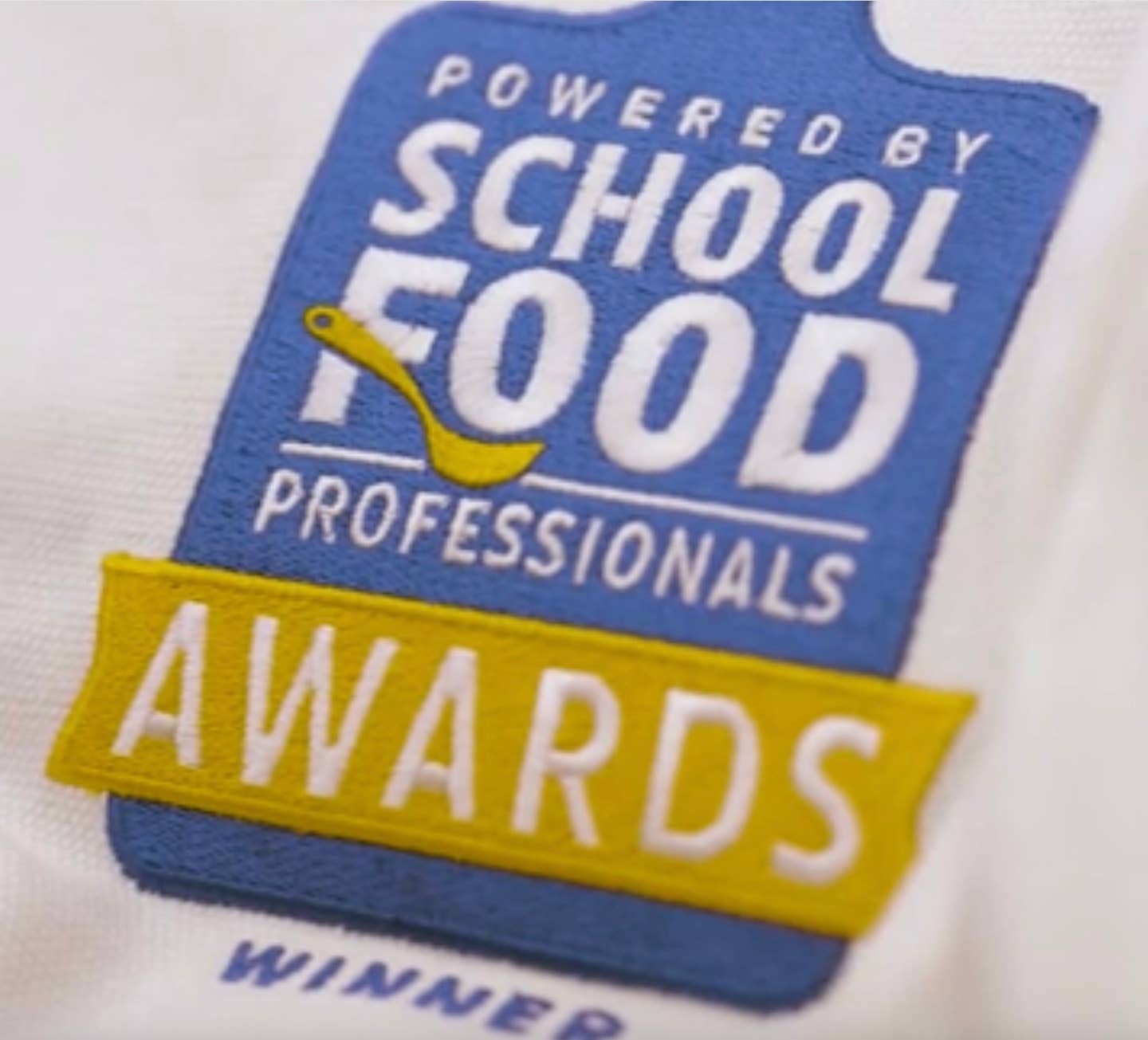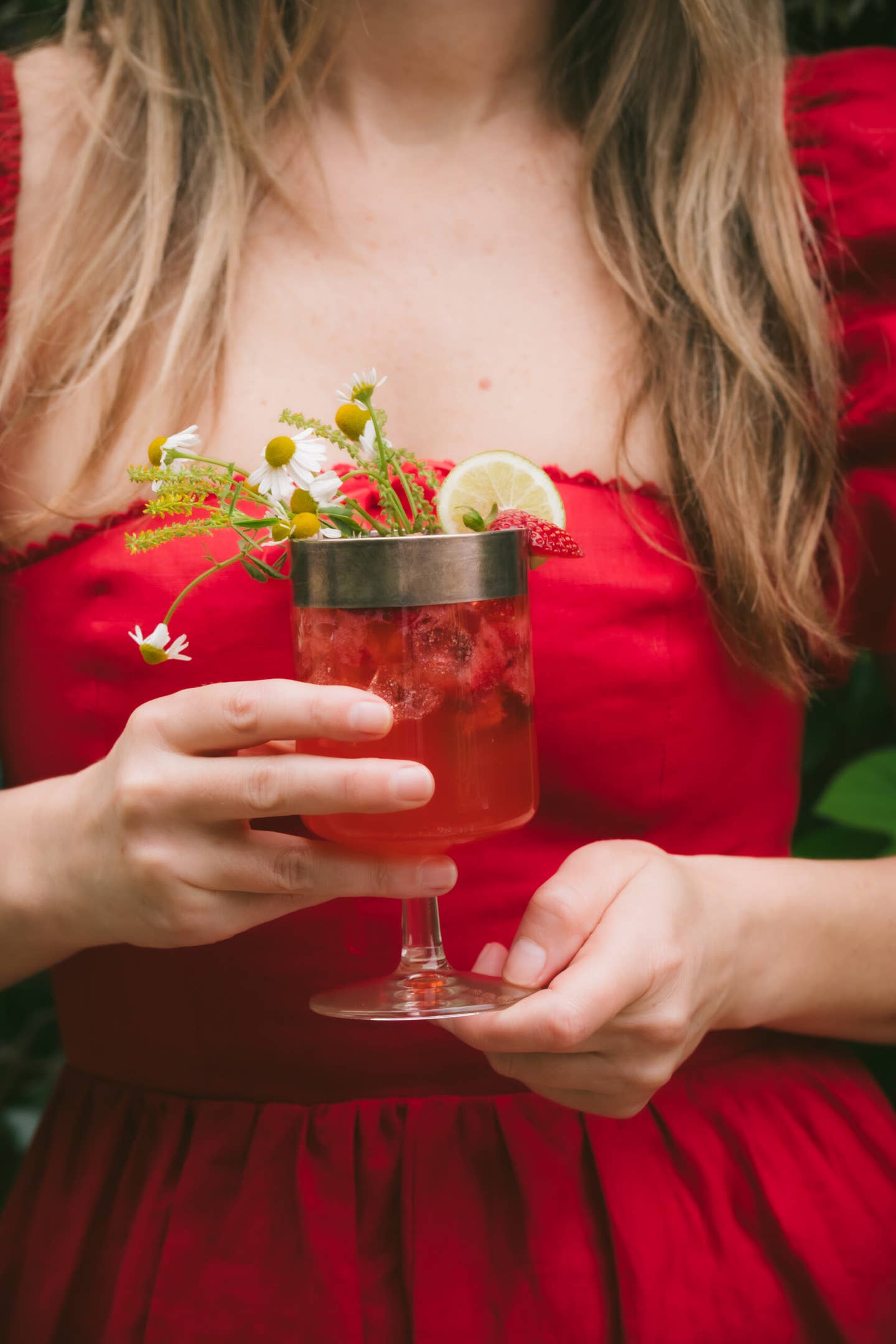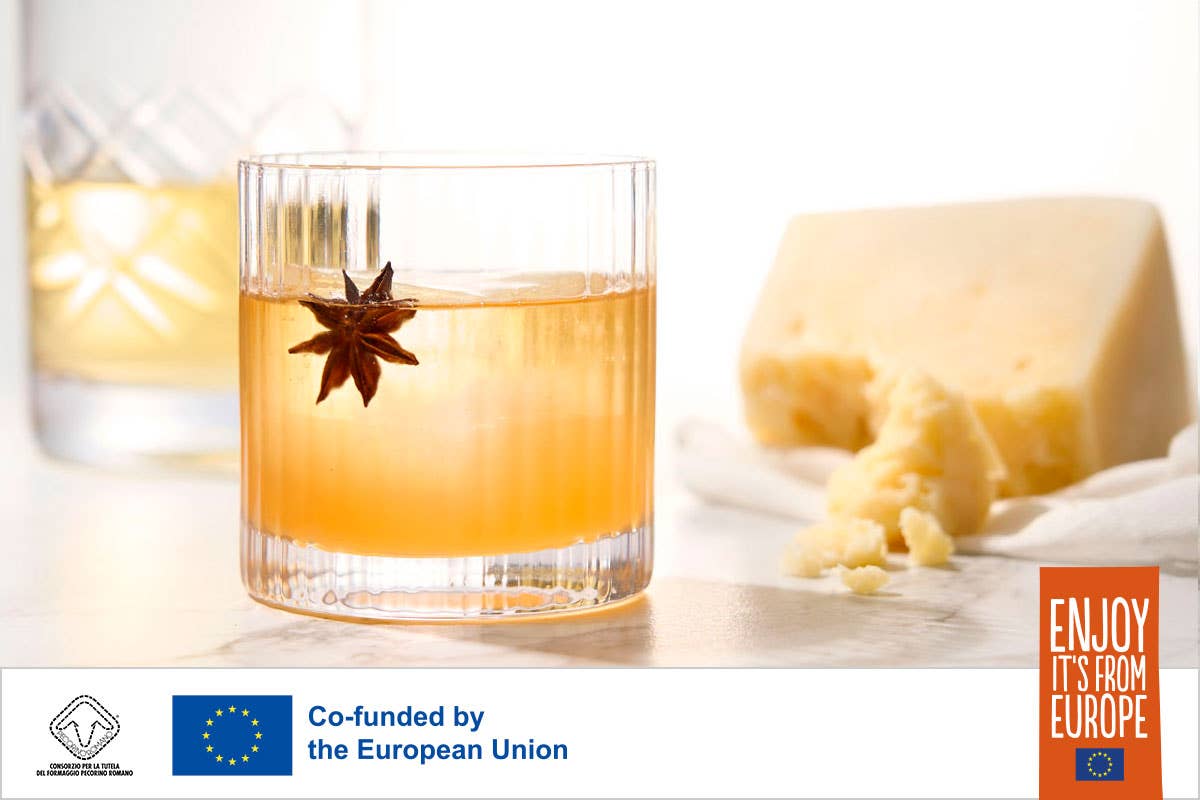The Knife Whisperer: I spent a day soaking up tips from LA’s legendary knife guru—and aficionado of all things Japanese.
Anyone who’s into cooking has most likely experienced the almost mystical bond between chefs and their tools. A sharp knife is a chef’s best friend and proper knife skills can create a line in the sand between professionals and amateurs…
Anyone who’s into cooking has most likely experienced the almost mystical bond between chefs and their tools. A sharp knife is a chef’s best friend and proper knife skills can create a line in the sand between professionals and amateurs. Chefs have to quite literally earn their chops—just like a ballet dancer doesn’t get to go on pointe until she’s skilled enough, a brand-new cook with a fancy-pants knife won’t do it justice and might even wreck the blade—or worse, a few fingers.
On a drizzly Tuesday, knife whisperer Jonathan Broida and I sit together in his capacious shop on Wilshire Boulevard in Beverly Hills. I notice the glinting metal of what seems like endless Japanese knives all around, almost as if we’re protected in our own little Samurai cave. His official title could probably be something along the lines of aficionado of all things Japanese, and it’s pretty easy to imagine him carefully curating this collection that surrounds us. He tells me his wife’s parents live in a village in Northern Japan—‘in the woods with a kiln’—where they’re consummate ceramicists. Their beautifully glazed matcha pots are all over the shop as well, not to mention other beautiful tools like fish scalers, mandolines, graters, scissors, and more.
Jon met Sara, his wife, when he was working in kitchens and she was getting her masters in journalism. He quickly became frustrated that the only time they could manage to see each other was “between 3 and 5 a.m.,” he tells me. Something had to give. Leaving the kitchen was hard, but harder still was figuring out which one of his many passions would win out to become his future. Both of their families helped, reminding him that, after all, he’d always been a “Japanese knife dork.” Luckily Sara was onboard with the idea.
To get started, they “reached out to all the companies that I’d been using when I was cooking, and tried to start doing business with the ones I really liked,” he tells me. They quickly found that many places wouldn’t even talk to them unless they physically showed up, so the couple headed straight for Japan where they began to learn all the ins and outs. Before long, they started having custom orders made for their shop. “We’d say, ‘I wish it were a little bit more like this for folks from the U.S.,’ and they’d make it for us. We started putting that out and slowly the business grew,” Jon explains.
Since then, Japanese Knife Imports has become a hangout for chefs as they wait on Jon’s superior sharpening skills. With sake, tea, an awesome cookbook library, and a serious sound system, the Beverly Hills shop is the place to congregate, schmooze, and talk shop if you work in one of LA’s many kitchens. And just in case you’re looking for a lateral or vertical move, there’s also an impressive job list penned on a white board in the front of the shop. I glance over to see some of my favorite spots are looking for a line cook or a pastry chef.
“The board’s worked out amazingly well,” Jon says. “People only come in here if they want to do something better, so that filters out a lot of people right there.”
But back to the knives. The most important thing to know, Jon tells me, is the difference between Japanese and German. German knives tend to be curved. They’re usually a bit on the thicker side, with softer steel, usually between 56 to 58 on the Rockwell scale, while Japanese knives can go all the way up to 62. A Japanese knife is thin and (hopefully) really sharp. It’s great for precise work, while a German knife may be the best choice for tougher chores. Japanese knives are usually lighter, too, which is something I notice right away as I easily lift a gorgeous one that immediately feels like an extension of my arm. Jon tells me he often fits the blade to the customer.
And, with the more expensive ones, Jon feels obliged to train the customer in proper maintenance and care. He admits that if he doesn’t feel they’ll go for that, it might not be a fit and he’ll perhaps cancel the order or suggest something else. It sounds a little like adopting a kitten; you have to show that you’re going to be a good knife parent.
Because of their comparative thinness, Japanese knives are also more delicate than their German counterparts. “Japanese knives don’t work well for rocking [back and forth] in the same way that German knives do,” he explains. Jon demonstrates with a series of lightning fast cuts on a board, lifting the knife off the wood with every thrust. It all boils down to structure. As the steel gets harder and can be stretched longer, it will be capable of deftly working angles instead of bending or deforming. This very hard steel also moves through food more easily. Along with this comes a sort of brittleness. Japanese knives can chip and sustain considerable damage when subjected to heavy hitting and lateral force.
“When you exert pressure directly at the edge, there’s a lot of material behind it and so it’s structurally stable,” he shows me. Working across the edge however is hitting the knife where it’s thinnest and weakest. A Japanese knife is not good for a rocking motion where the chef drags the tip across the board in between cuts— in other words, for one of the most basic Western cutting techniques. And strokes need to be extra smooth and straight too. “So when you mince herbs, you want to roll them up, chiffonade them finely, and then rotate 90 degrees and go through it again,” he explains.
It’s also helpful to avoid smashing really hard things like frozen foods, seeds, nuts, and that famously dangerous wound-causer, avocado pits. It’s possible to cut tall, dense foods with Japanese knives, but be careful not to “get a running start and swing your knife like a battle ax,” he says. Think ‘thrust and cut’, not ‘rotate and twist’.
I ask Jon about the particularly pretty knives, the ones with cloud-like scroll work on the blades and the look of hammered steel. He tells me it’s Damascus steel and it’s really a softer sheath around a much harder core; in other words, the designs are mostly for show. The iron ore is put in a huge pot with pine charcoal and cooked for an extended time. The carbon and the iron bond together and sink while the impurities rise. After the bad stuff is discarded, the rest is picked through for the softest, brightest bits, many varying in carbon content, and then sorted. When these pieces get pounded and folded together, you get carbon banding which creates the distinctive swirl-like pattern of a Damascus knife. “They make people think of swords,” Jon tells me.
And the best knife for a novice cook? That’s easy. Jon designed the Gesshin Stainless 210mm Wa-Gyuto from sketch all the through to the finished knife. “It’s thin, but not the thinnest, so it moves through food easily,” he says. “The steel is decently hard but not crazy to sharpen. It also has a nice flat section near the heel so it works well for cutting and it’s super light. And at $130, it fits into that sweet spot for a great first knife.”
Then I ask about sharpening at home, something I’d almost rather just leave up to the professionals. Jon tells me I’ll need a sharpening stone, preferably medium grit, and something to hold it in place and to keep it flat between sharpening. He walks me through the process of forming a burr, making sure the blade is sharpened evenly on both sides, and how to end up with a stable, clean, sharp edge by using a finishing stone.
After we’ve finished our tea, I feel like I just completed a crash course in Japanese knives and can honestly feel Jon’s enthusiasm as he talks about his passion—explaining the sharpening process with the utmost patience, which he must have to do all the time. At the end of the day, picking one knife seems to be a deeply personal thing. And only by practice will I learn if I like heavy or light, hard or soft, carbon or stainless, German or Japanese, or even a Damascus blade. Which sort of explains why chefs love their knives so much—it can become a side-passion, an obsession, the same way an athlete might pick out a pair of sneakers or a tennis racket. It’s all so deeply meaningful and individual.
Before I go, I have to pick his brain for some of his favorite Japanese spots around LA, especially for vegetables. Jon loves Aburiya Raku in West Hollywood where he orders the eggplant cooked directly on the yakitori grill. He also tells me to ask for the off-menu kamameshi —“crazy delicious rice cooked in a clay pot,” he says. Downtown, Hayato is a Japanese kaiseki restaurant at The Row DTLA where Jon says to splurge on their omakase menu at dinner. You can also pre-order bento boxes for lunch. He also recommends Yakitoriya on Sawtelle, but as he tells me, “this is a chicken place, but they do great veggies too.”
Ultimately, chefs come here to learn, gather, and be among like minds. It feels unique and intentional, not like anywhere else in the city. ◆





